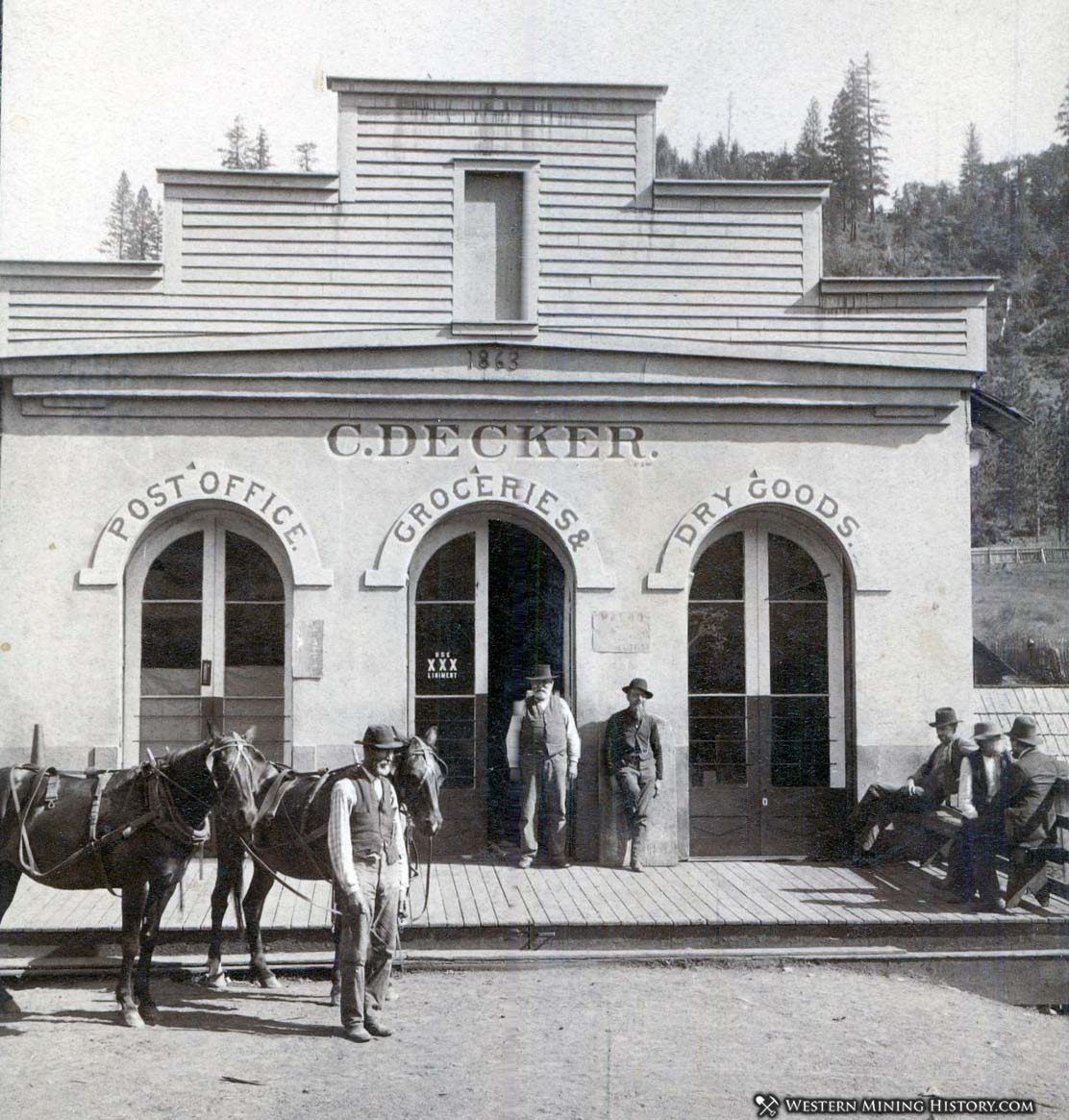Waldo History
During the winter of 1851-1852, gold was discovered at Sailor's Diggings in southwest Oregon. This is considered to be the first major gold strike in the state. Miners that flocked to the location established the settlement of Waldo, the first town in southern Oregon, and the first mining town anywhere in the state.
In 1855 Waldo became the Josephine County seat of government, but the seat was moved to Kerbyville (Kerby) in 1857.
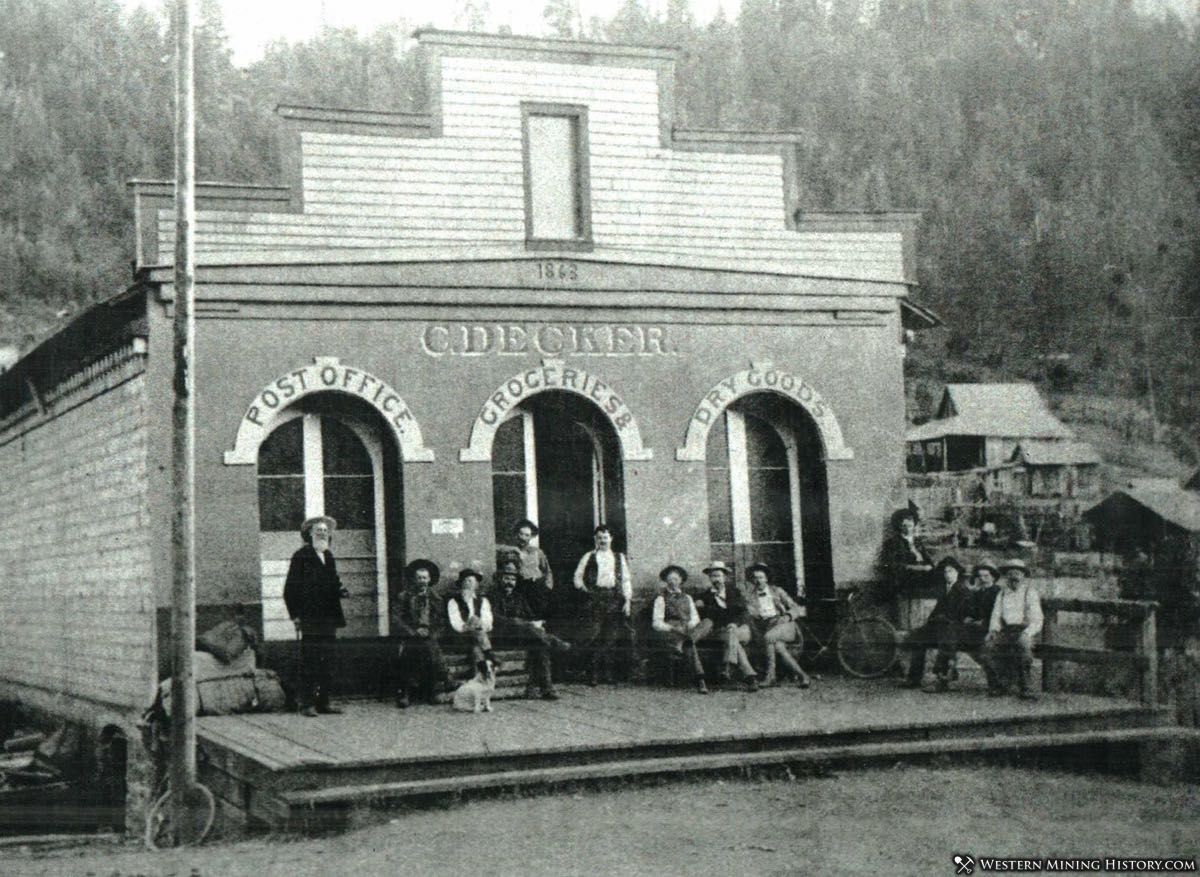
The Waldo district consisted primarily of placer workings, although there were some lode gold and copper mines. Estimates put Waldo's population at a peak of around 1,500, although that can't be confirmed. Nothing is left of the town today.
An 1897 edition of the Oregon Mining Journal mentions a second Boom at Waldo in 1855:
In the year 1855 the camp experienced a veritable "boom" and attracted many miners from Althouse... in the first two years of the camp's existence no quicksilver was used in the mining operation but was introduced in 1853 and did much to stimulate mining enterprises. In the year first named (1855) there were 500 miners in the district and the town contained four general merchandise stores, several saloons, a brass band and many gamblers, fast women and dance-houses
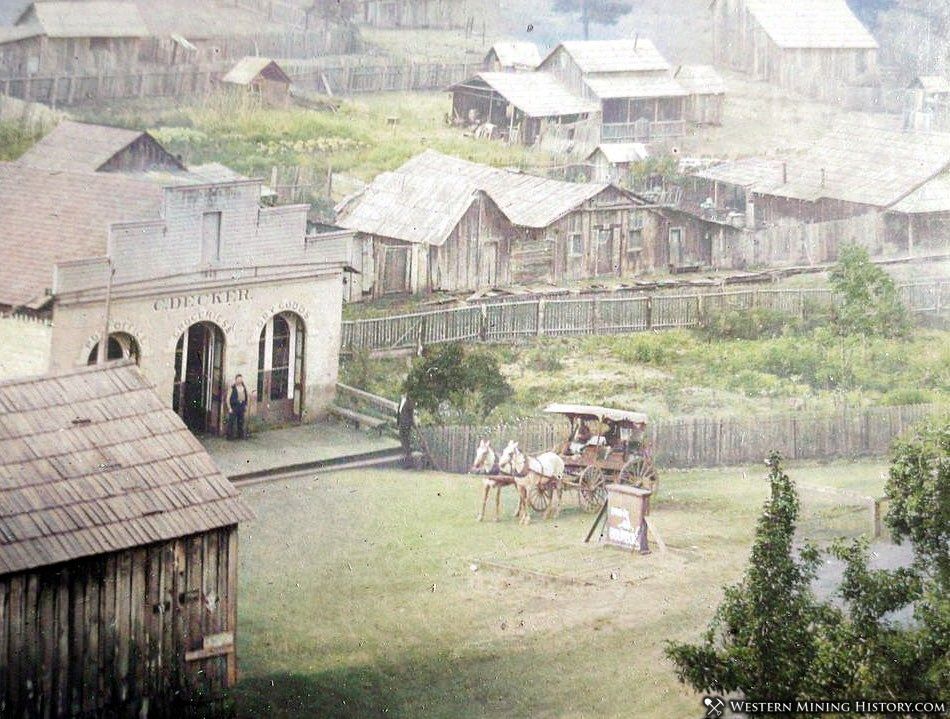
Historian Albert G. Walling gave an overview of Waldo:
By 1855 Waldo had grown to be the largest town in the county, and was advanced to the dignity of county seat when Josephine was set off from Jackson County....the population of Waldo in 1856 is thought to have been 500 persons" (Walling 1884). Waldo boasted a "courthouse," a small log cabin, in which itinerant jurist Matthew P.Deady dispensed justice. Early stage routes connected Waldo with the port at Crescent City by 1853 and to Jacksonville by 1858 and the city served as the focal point for all the smaller mining-based communities in Sailors Diggings, such as Allentown (Allen Gulch) and Browntown.
A 1909 edition of the Rogue River Courier gave an account of a Waldo miner visiting Grants Pass: "J.T. Logan, a Waldo Miner, was in town this week with several gold bricks amounting to something like $6,000. When asked if that represented the year's clean-up he replied, "Oh no, just a little pocket money."
By the 1870s Waldo had already faded in importance among Southern Oregon mining towns. The town held on for many decades, but was mostly abandoned by the 1920s. The Waldo post office closed in 1928.
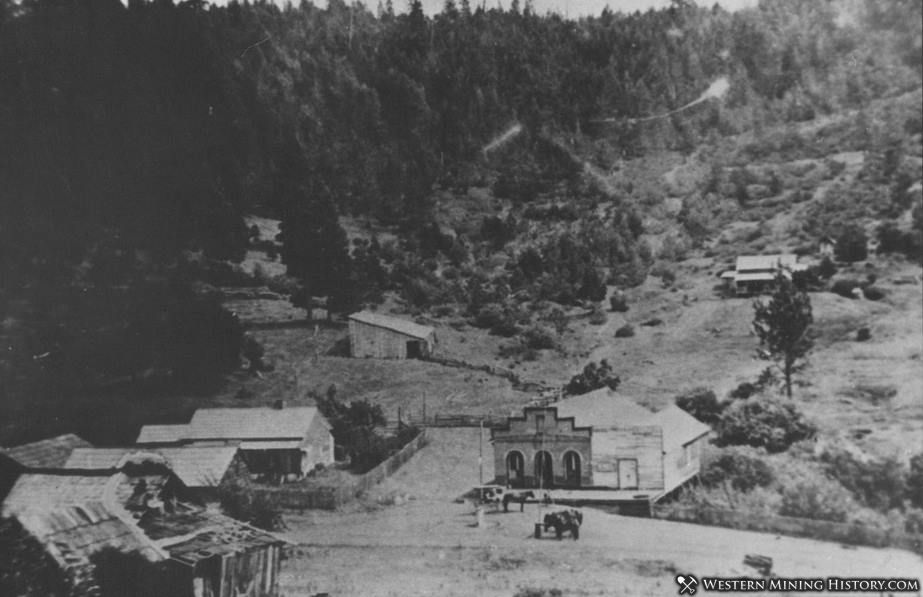
During the 1930s the Waldo town site was reworked with hydraulic mining methods. This mining destroyed much of what was left of the town.
Although few records were kept of the gold produced in the early years of the Southwest Oregon gold rush, the amount of gold mined during the first decade must have been significant - over ten million dollars worth even at prices much lower than the price of gold today.
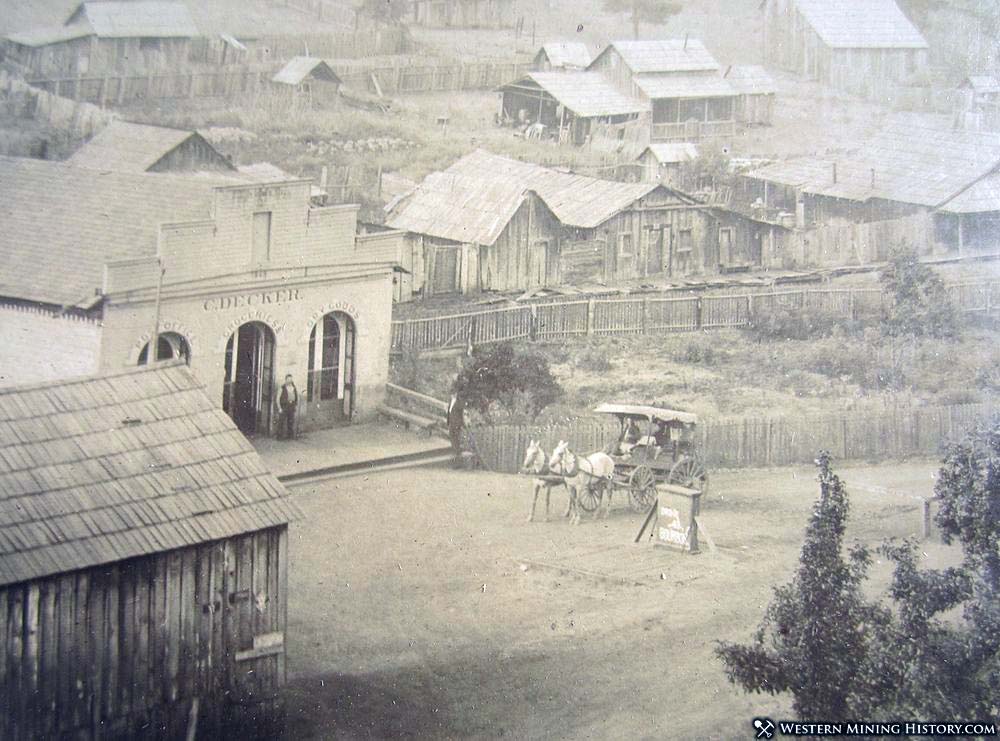
Oregon Mining Photos
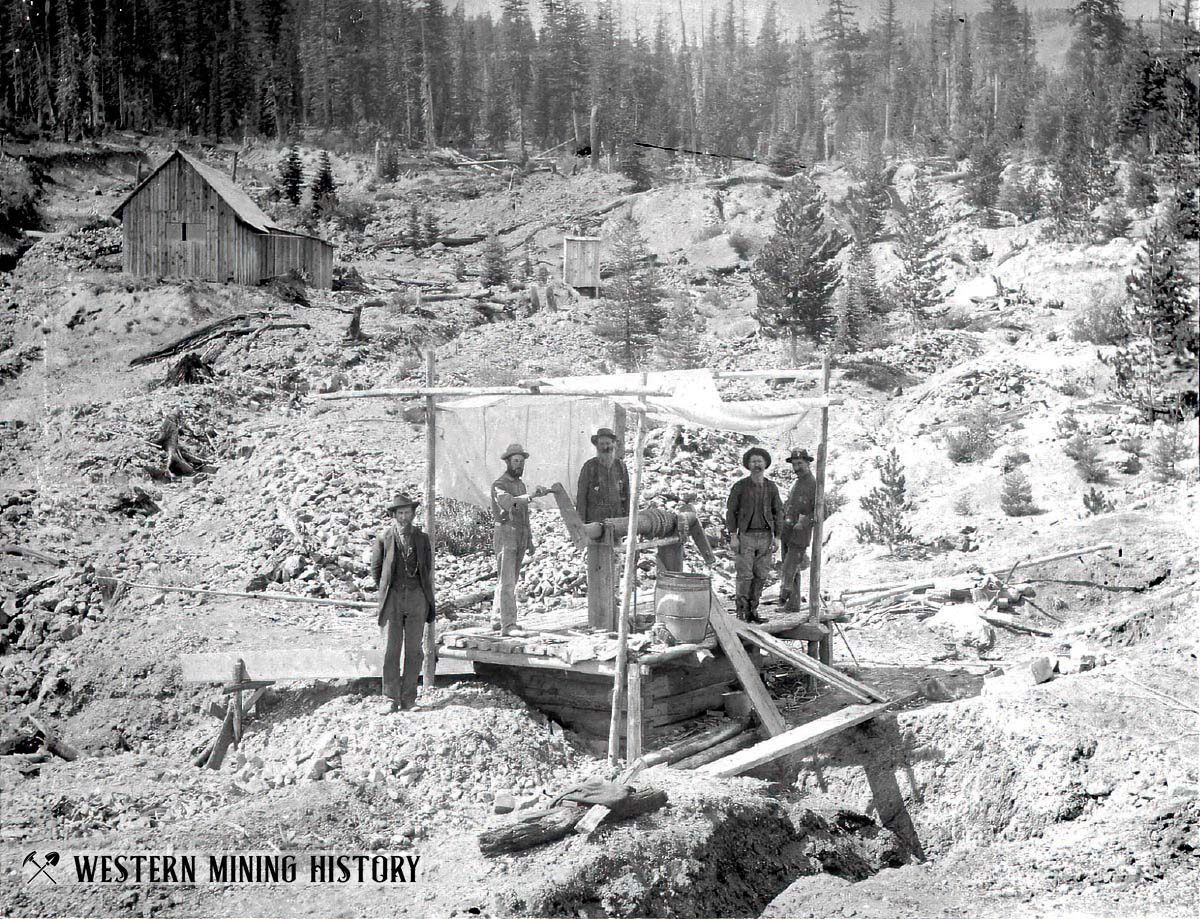
Check out this collection of some of Oregon's best historic mining scenes at A Collection of Oregon Mining Photos.
Oregon Gold
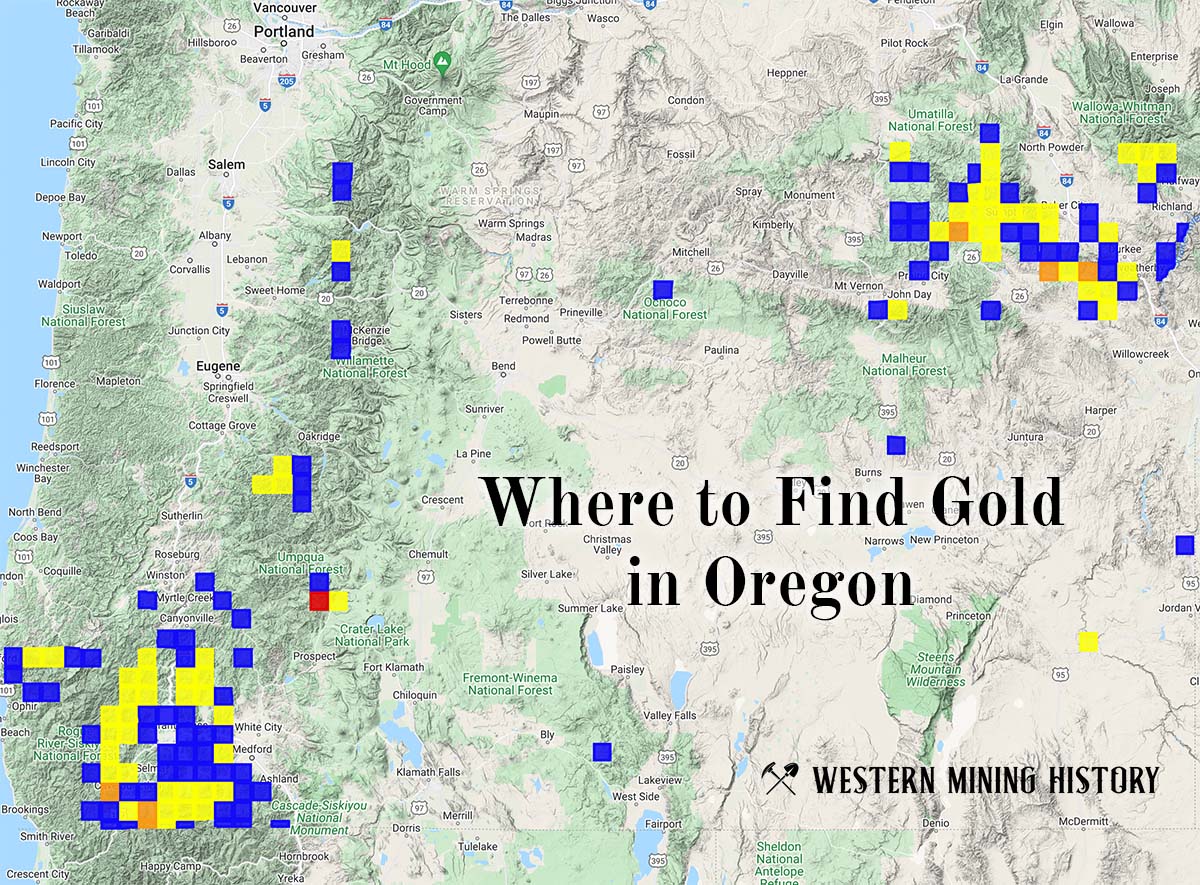
"Where to Find Gold in Oregon" looks at the density of modern placer mining claims along with historical gold mining locations and mining district descriptions to determine areas of high gold discovery potential in Oregon. Read more: Where to Find Gold in Oregon.
